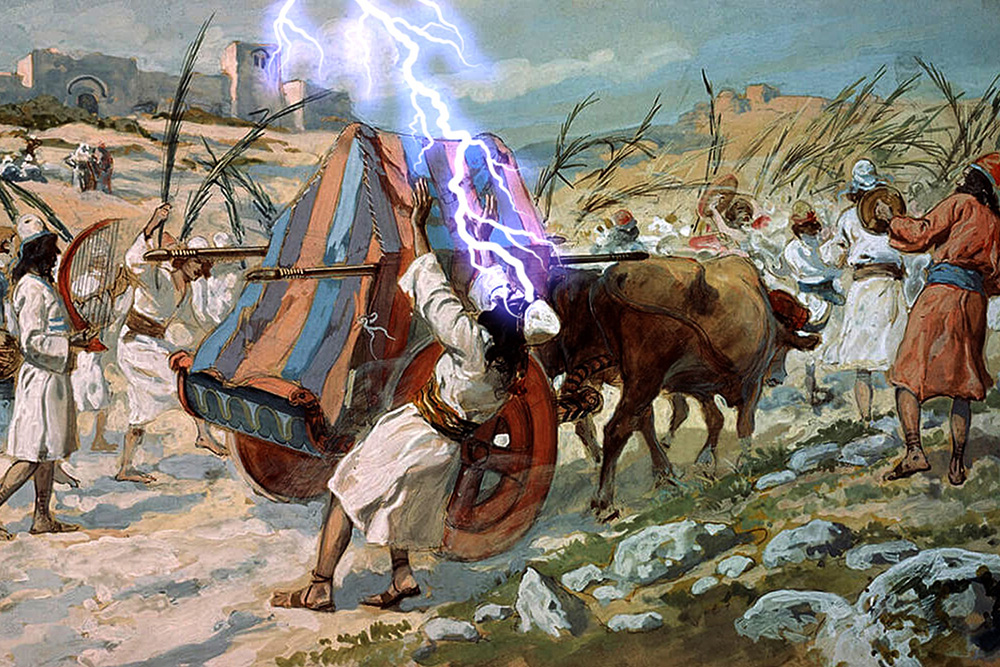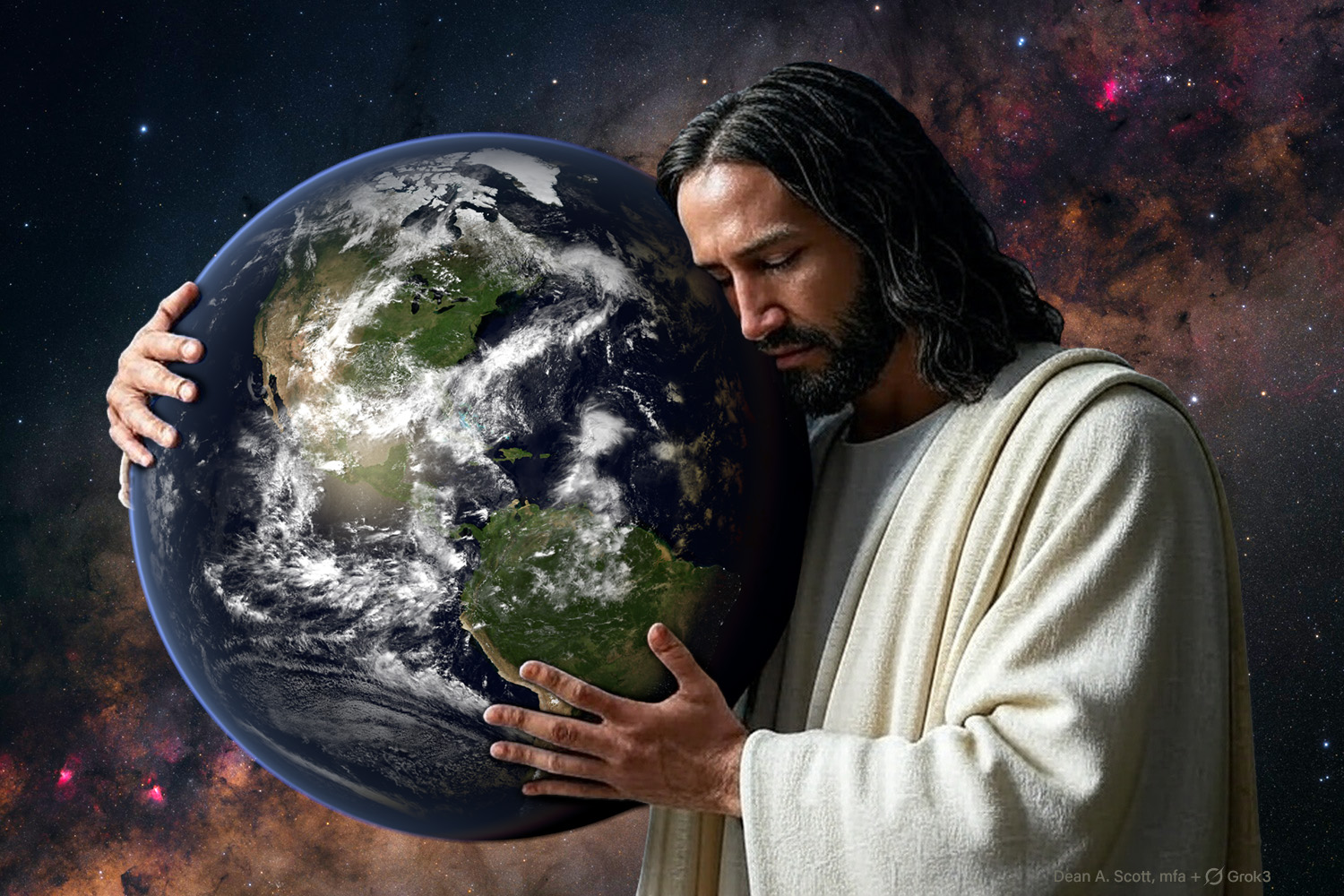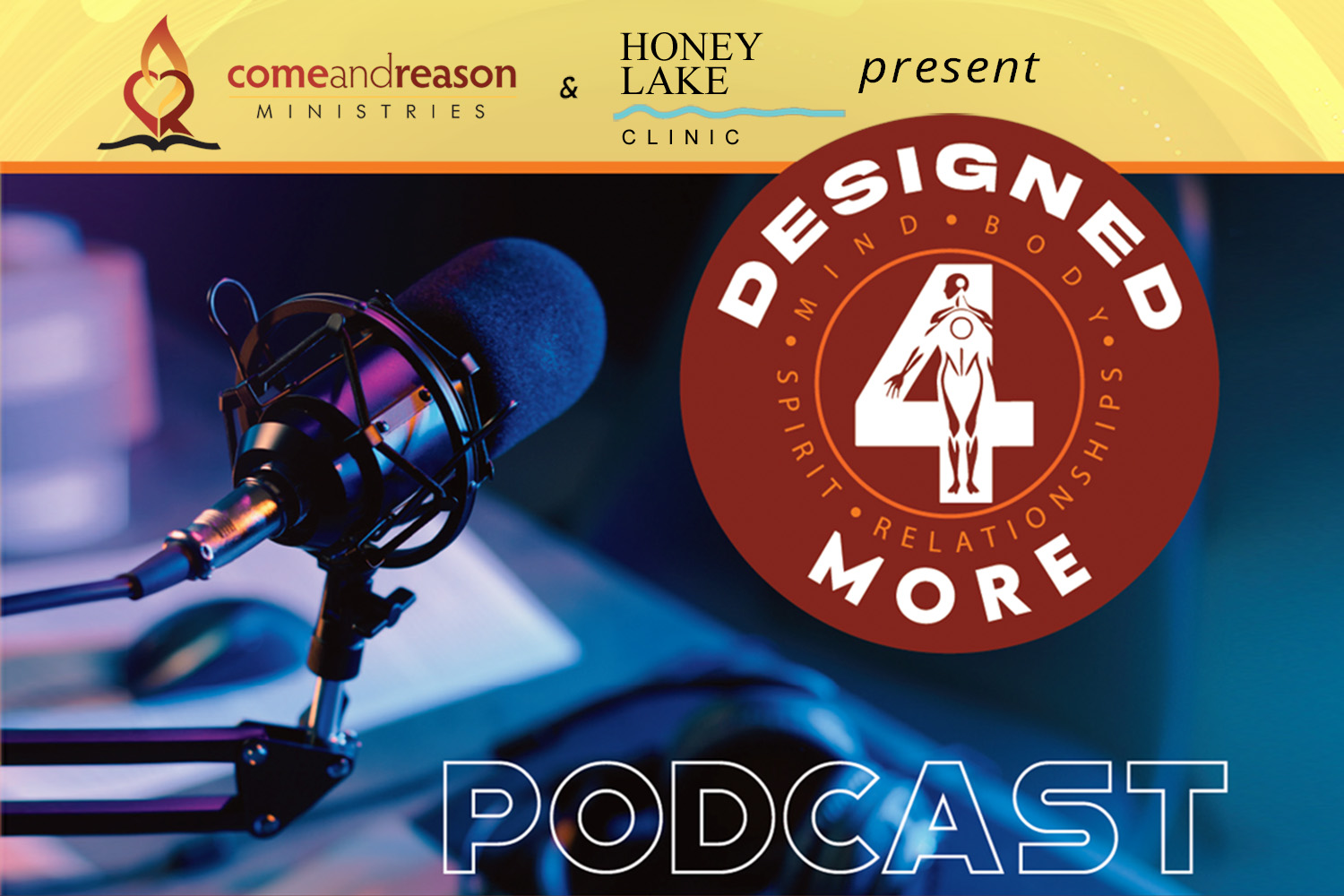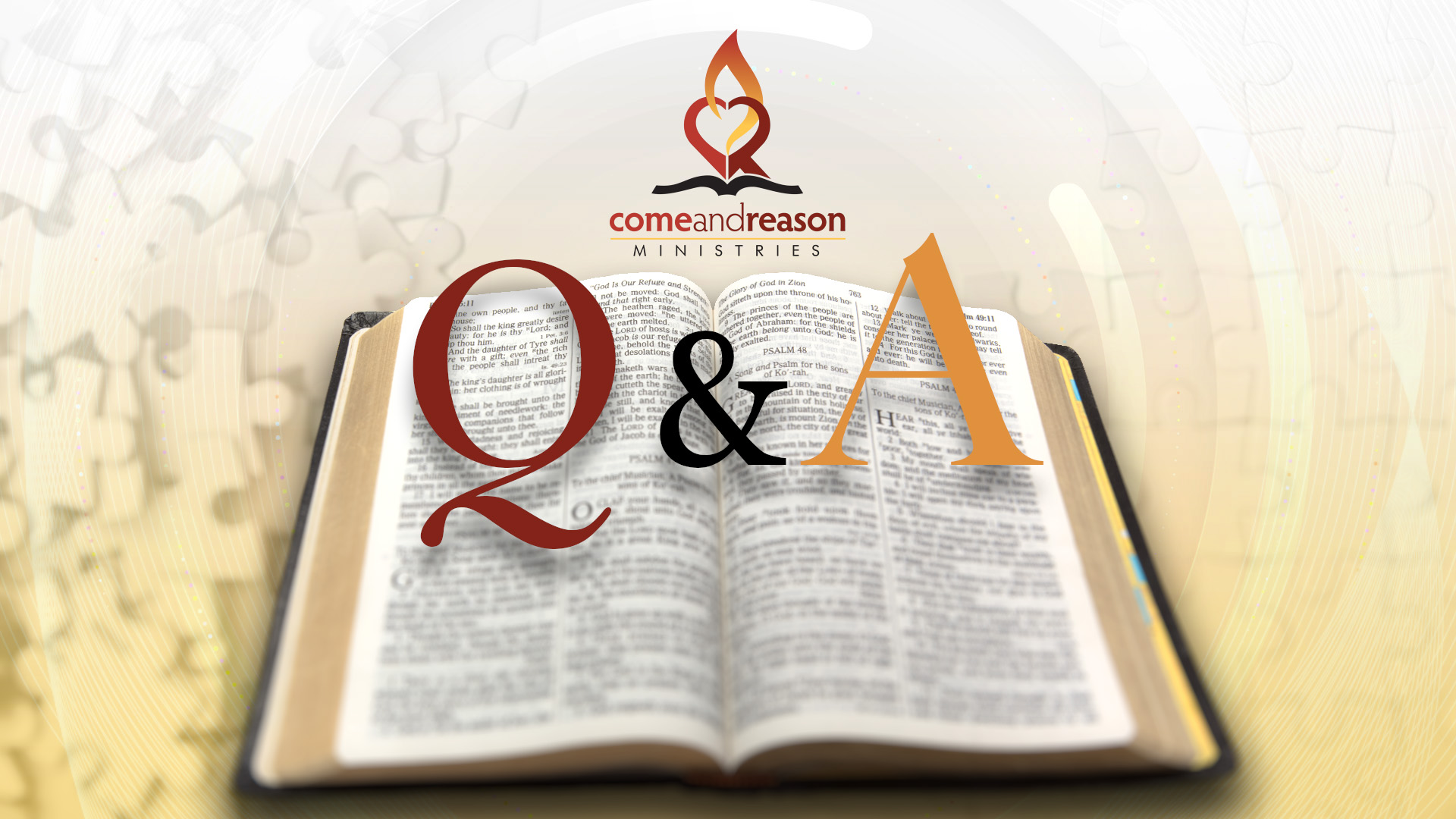Have you ever wondered why David was able to take and eat the showbread in the holy sanctuary and nothing happened to him, but when Uzzah touched the Ark of the Covenant, he died? Have you ever had a pastor use the story of Uzzah to promote the idea that if you disobey God, He will punish you and strike you dead? It can all seem a bit arbitrary.
Over the years, many have come to me confused over such Bible stories, not sure how to understand them—especially, as Come and Reason teaches, if God is love and is not the source of inflicted pain and suffering. The key to correctly understanding such stories is in realizing the larger purpose that ancient Israel fulfilled.
Ancient Israel is not only a historical reality—real people who did real things, which are accurately recorded in the Old Testament—but its history is also recorded “as examples and were written down as warnings for us, on whom the fulfillment of the ages has come” (1 Corinthians 10:11).
Biblical history is not only historic, but it is also, in many ways, object lessons of the larger war between good and evil. Here is a brief list of examples of how the history of the descendants of Israel is an object lesson for us today:
| Israel Object Lessons | Application for Christians |
| They were slaves in Egypt. | We are slaves to sin. |
| Moses was born among the Egyptians and a sinful ruler sought to kill him as a child. | Jesus was born among us and a sinful ruler sought to kill him as a child. |
| Moses conversed with God directly and then went forth to confront the sinful power that enslaved the people. | Jesus conversed with God directly and then went forth to confront the sinful power that enslaves humanity in sin. |
| Moses led the people through the waters of the Red Sea to a new life of freedom from the powers that enslaved them. | Jesus leads us through the waters of baptism to a new life of freedom from fear and selfishness, which enslave us. |
| The people were blessed with material possessions—houses, wealth, etc.—as they followed God’s instructions. | We are blessed with spiritual possessions—wisdom, peace, joy, love, maturity, discernment, and self-control—as we trust God and apply His methods in our lives. |
| They were warned that if they forgot God’s instructions, then they would lose their blessings and even be enslaved again—Babylonian captivity. | We are warned that if we forget to trust God and stop living in harmony with His design protocols for life, then we will lose our blessings and become enslaved to fear and selfishness all over again. |
They were also given an actual theater (the sanctuary), with intricate props, beautiful costumes, and a precise script—all designed to help them act out God’s plan to save humans from sin. We must recognize this perspective in order to understand why it was okay for David to take the showbread from the temple and give it to his men to eat, but it was not okay for Uzzah to touch the Ark of the Covenant during transport on a wagon pulled by oxen.
Symbolically, the showbread represents Jesus, the Bread of Life, of which the priesthood of believers, as sinners on earth, are to partake. It is in partaking of Jesus that sinners are healed (saved) from sin and death and receive righteousness and life.
This was acted out theatrically on a weekly basis, when, on each Sabbath, the daily priests, in their white robes (which represent the righteousness of Christ), joined the High Priest (representing Jesus), in the Holy Place to eat the showbread. Thus, when David and his men ate the showbread, they not only received physiological nurturance, but their actions were in harmony with the script—sinners partaking of Christ and receiving life.
The Ark of the Covenant represents a universe healed completely from sin, a universe restored to the sinless presence of God. Symbolically, only the High Priest, who represents Jesus, entered the Most Holy Place, where the Ark resided. He did this at the end of the annual drama, in order to bring sinners into oneness (at-one-ment) with God. Following this came the Feast of Tabernacles, symbolically the time when the saved tabernacle, or dwell, with God again.
Jesus, the second Adam, is the sinless representative and Savior of humanity and is capable of entering sinless heaven. It is only through Jesus that the rest of humanity can be healed, restored to righteousness, and made ready to live in God’s presence. Sinners on earth can enter into the presence of God only through “the new and living way” opened through the veil by Jesus (Hebrews 10:20).
When Uzzah touched the Ark, his actions, within the drama, said that he was entering God’s presence without Christ. But any sinner apart from Christ remains unhealed from sin and cannot live in the unveiled glory of God—thus, Uzzah died.
We must remember, however, that this was all theater—meaning Uzzah’s death was the death the Bible calls “sleep” and from which all will experience resurrection (Daniel 12:2). It is the same death that God told Daniel he would experience (Daniel 12:13). We don’t know the condition of Uzzah’s heart; we don’t know in which resurrection he will arise. The death of Uzzah was not the “wages of sin” death that comes after the Judgment—it was the first death. Therefore, it was not a punishment for sin; it was the proper demonstration, within the object lesson theater, of what happens to unhealed sinners who enter God’s presence. This was done to educate all humanity that sinners can come into God’s presence only through Christ.
We are terminal in our sin, and on our own we will die. But praise God that He “demonstrates his own love for us in this: While we were still sinners, Christ died for us” (Romans 5:8). While we can never be reconciled to God by our own works, by our own efforts, or by our own merits, we can be reconciled to God through Jesus Christ. He has already destroyed the barrier and opened the way back to the presence of God. I invite you to accept Him and follow Him; if you do, one day you will see God face to face, for you will have been changed to be like Jesus!










 using your credit or debit card (no PayPal account needed, unless you want to set up a monthly, recurring payment).
using your credit or debit card (no PayPal account needed, unless you want to set up a monthly, recurring payment).
 instead?
instead?